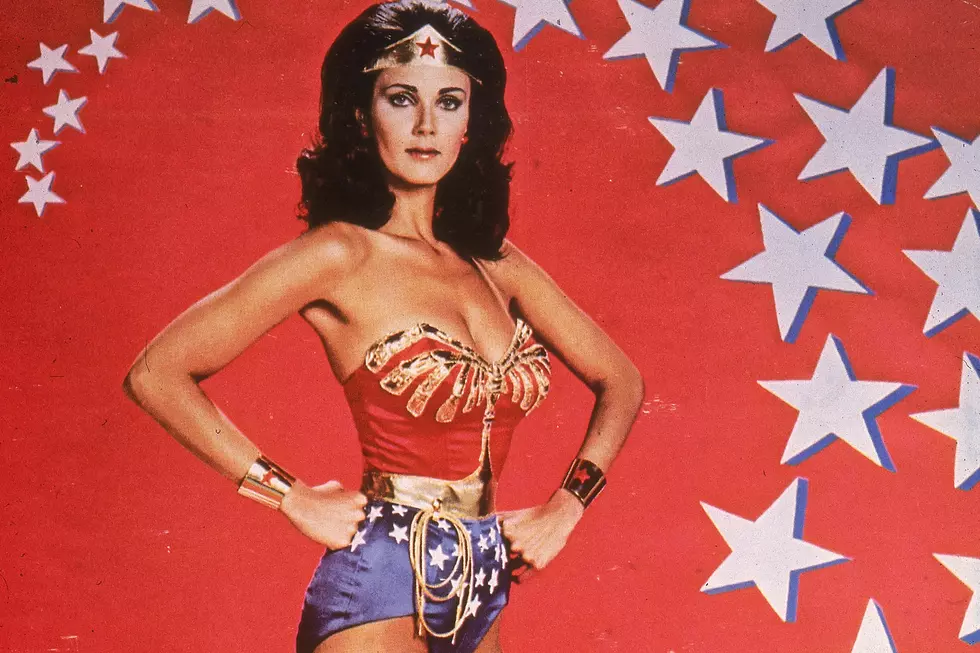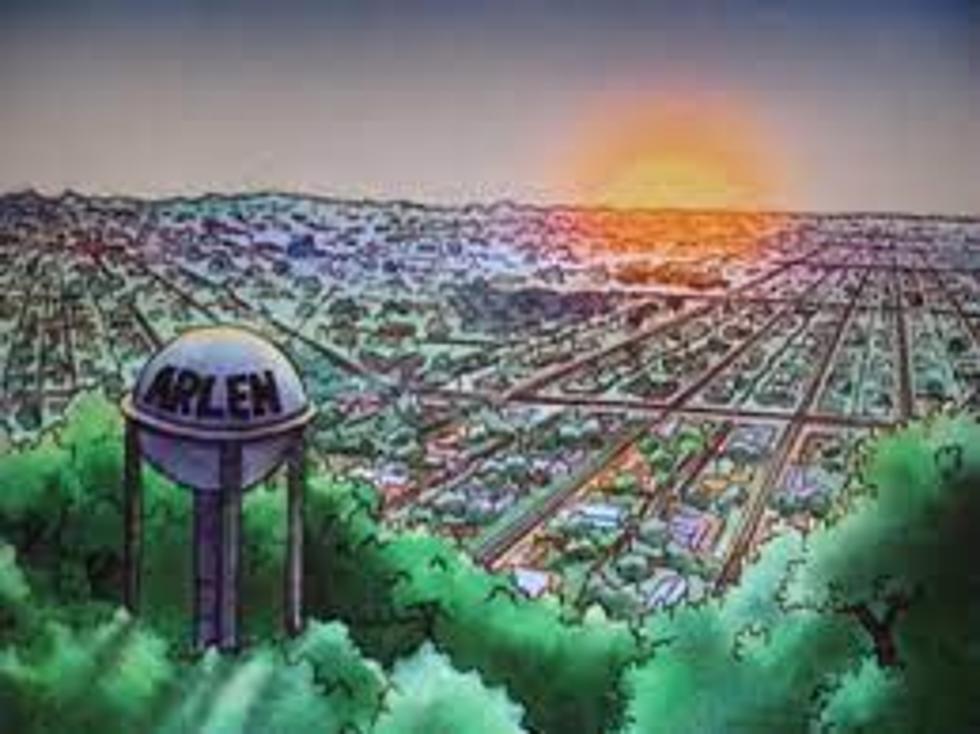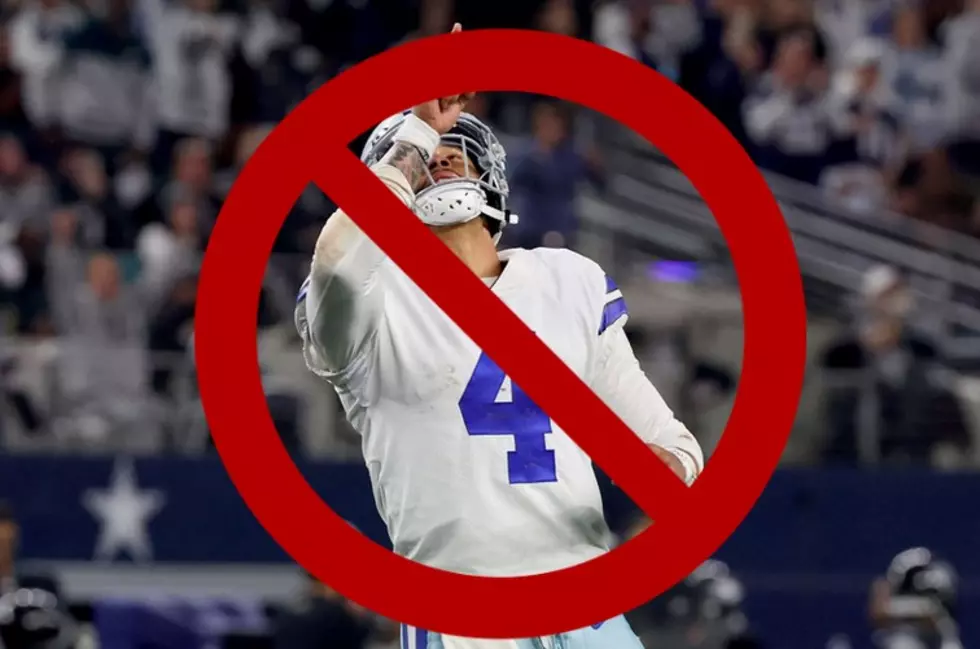
45 Years Ago: Lynda Carter Makes ‘Wonder Woman’ a TV Icon
Every generation needs its Wonder Woman - or, better yet, a whole army of them. The Baby Boomers got theirs on Nov. 7, 1975, when Lynda Carter debuted as the DC Comics superhero in a TV movie The New Original Wonder Woman, which also served as the Wonder Woman series’ pilot.
In 1974, ABC first attempted to turn the character into a Hollywood hit with a TV movie starring Cathy Lee Crosby. But it had a look and feel that made the superhero practically unrecognizable from her origins, as Crosby’s version was more star-spangled spy than immortal Amazon, and a follow-up series never materialized.
In a smart, forceful take down of the 1974 fiasco, writer Kristin Hunt points out how the Crosby movie showed the TV and film industry what not to do with Wonder Woman: “She is not a stock lead character who can fit neatly into any genre show of the moment. She’s a distinctive heroine who only works when she’s allowed to be an unapologetic Amazonian princess – with bracelets that aren’t just for show.”
A year later, ABC got it right. With 1975 declared International Women’s Year by the United Nations and some righteous momentum behind the Equal Rights Amendment, the network doubled down on the character with Carter. Fans of Patty Jenkins’ 2017 big screen blockbuster starring Gal Gadot will recognize the plot points of The New Original Wonder Woman. Subsequent seasons brought Wonder Woman into the modern day but, just as Jenkins' film did, Carter’s turn begins during World War II with writer Stanley Ralph Ross hueing closer to the comic book’s origin story.
Watch the Credits From Season 1 of 'Wonder Woman'
U.S. fighter pilot Steve Trevor (Lyle Waggoner) has to abandon his plane after a dogfight with a Nazi pilot over the ocean. He ends up on an uncharted isle in the Devil's Triangle where the Amazons of Paradise Island have hidden themselves from the wider world for centuries. But after saving Trevor, then falling for him, Amazon princess Diana learns of the Nazi’s brutal campaign for global domination. Queen Hippolyta, played with glamour and camp by Cloris Leachman, puts on an athletic tournament to devise who will take Trevor home. When Diana wins the competition, she loads the pilot into her invisible jet, suits up and heads to the Washington D.C.
In a groundbreaking move, Wonder Woman kicks ass right from the start with zero help from Trevor. In about an hour, she stops a bank robbery, teams with a theatrical agent for a bullets-and-bracelets spectacular, foils multiple Nazi plots and repeatedly rescues dude-in-distress Trevor. The show put the focus on where it needed to be: its female protagonist. Wonder Woman clearly laid out the series’ values in the pilot when she says, “The Nazis don’t care about their women. They let them fend for themselves. And any civilization that does not recognize the female is doomed to destruction. Women are the wave of the future, and sisterhood is stronger than anything.”
It also let its lead create the character: Lynda Carter quickly became an icon and helped build the Wonder Woman mythology (Carter came up the oft-imitated spin that turned her from Diana Prince into the fascist-fighting badass). While some people were skeptical that she could carry a series, Carter already had a wealth of charisma, charm and talent. At 14, she quit waiting tables at her uncle’s restaurant in Winslow, Ariz., started singing in a band and a few years later hit the road instead of taking an Arizona State University academic scholarship.
“My husband once asked my mother, ‘Why on earth would you let your 17-year-old daughter go on tour with a bunch of musicians?’” Carter told The New York Times. “My mother said, ‘Excuse me, have you ever tried to talk Lynda out of something she made up her mind to do?’”
Expanding to modeling, she signed with an agency while still in her teens and, by 1970, had been crowned Miss Phoenix, Miss Arizona and then Miss World USA. But she spent years getting only bit parts. By the time she landed Wonder Woman, she’d been singing, acting and modeling for a decade. Audiences fell in love with Carter in the role; something the show’s executive producer, Douglas S. Cramer, knew would happen.
Cramer put it nicely when he said, “There were those at ABC who felt that Lynda could not have carried a show of her own, because she had not previously appeared in a series. But the minute she stepped into the wild costume, I knew — and we all knew — that we had found our Wonder Woman. She is Wonder Woman.”
The success of the TV movie led to a series. But the ride from movie to Season 3 finale on Sept. 11, 1979 had some turbulence. ABC dragged its feet renewing the series after the first season wrapped. Its setting of World War II with endless throwback costumes and classic cars wasn’t cheap. The production company, Warner Bros., picked up an offer from CBS agreeing to update the setting from the '40s to the '70s. They christened it The New Adventures of Wonder Woman, with a premiere on Sept. 16, 1977. With the 30-year jump, Waggoner switched from playing Trevor to Trevor’s son, Steve. Jr.
The new version didn’t have quite the same magic. CBS scrapped it after two seasons — but not before the show ran through a who’s who of established and rising guest stars including Debra Winger, Roddy McDowall, Robert Hays, Rick Springfield and John Hillerman. While the series was canceled, Wonder Woman’s legacy had been cemented.
Watch Lynda Carter Talk About Wonder Woman
In the early '40s, Harvard psychologists Elizabeth Holloway Marston and William Moulton Marston dreamed up the character as a powerful, liberated woman. But the decades following William’s death saw Wonder Woman become more cliche and milquetoast in the pages of comic books. Lynda Carter’s Wonder Woman once again embodied strength, wisdom and compassion.
“She’s the symbol of the extraordinary possibilities that inhabit us, hidden though they may be,” Carter said. “And that, I think, is the important gift Wonder Woman offers women.”




